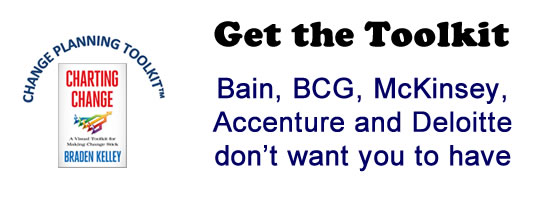How to Score Innovative Ideas
 Suppose you are running a pitch competition and need to create a scoring rubric? Or , maybe you are the head of a technology transfer office or innovation center and need to screen lots of ideas? Or maybe you teach innovation and entrepreneurship and need to clearly explain to your students how their submissions will be graded?
Suppose you are running a pitch competition and need to create a scoring rubric? Or , maybe you are the head of a technology transfer office or innovation center and need to screen lots of ideas? Or maybe you teach innovation and entrepreneurship and need to clearly explain to your students how their submissions will be graded?
How do you score innovation ideas?
At many companies, the idea evaluation process revolves around detailed Excel spreadsheets, comprehensive PowerPoint documents, and an orchestrated sequence of pre-meetings leading up to a decision meeting. This kind of disciplined approach works very well when companies have knowledge that lets them be precise in their analysis, and executives have the relevant domain experience to make informed decisions.
Applying this same discipline to nascent opportunities in new spaces can be disastrous. People spend days discussing Excel spreadsheets that are nothing more than mathematical relationships between made-up numbers. Managers working on ideas discover that detailed PowerPoint documents are their biggest enemy, because the details act as bait for nit-picking devil’s advocates. Endless pre-meetings crowd out action-based learning.
Here’s how one investment team screens and scores.
There are many ways to screen, score and scale your innovation management system, but, here are some considerations when you do:
- Should judges do it or should you task the innovator with self scoring?
- How many ideas do you anticipate and how will you scale the process?
- How will you communicate the structure, process and criteria to those who enter the process? How will you engage innovators?
- How will you create fairness and eliminate bias in the selection process?
- How much money do you have to spend on screening, scoring and scaling?
- How will you determine the selection criteria that are consistent with your strategic objectives?
- What will you do with those who have submitted ideas that have been rejected?
- How many stages of evaluation will you have? Pass-fail or stage gate?
- What is the most appropriate process for your industry or point of view? Should a new medical practice idea be judged the same way you would judge a digital health idea at a pitch competition or, a technology if you worked at a technology commercialization firm?
- Should you automate the process?
Most managers and many leaders fail at picking winners, regardless of how they go about picking the jockey and not the horse. The thumbs up or thumbs down approach, with death to the vanquished, creates innovation cultural chaos. “Ave, Imperator, morituri te salutant“ If might have worked for Caesar, but, when it comes to leading innovators, those who are about to die won’t salute you. They’ll leave and compete with you.
Wait! Before you go…
Choose how you want the latest innovation content delivered to you:
- Daily — RSS Feed — Email — Twitter — Facebook — Linkedin Today
- Weekly — Email Newsletter — Free Magazine — Linkedin Group
 Arlen Meyers, MD, MBA is the President and CEO of the Society of Physician Entrepreneurs at www.sopenet.org and co-editor of Digital Health Entrepreneurship
Arlen Meyers, MD, MBA is the President and CEO of the Society of Physician Entrepreneurs at www.sopenet.org and co-editor of Digital Health Entrepreneurship
NEVER MISS ANOTHER NEWSLETTER!
LATEST BLOGS
Three things you didn’t know about credit cards
Photo by Ales Nesetril on Unsplash Many of us use credit cards regularly. From using them for everyday purchases to…
Read MoreFive CV skills of a business-minded individual
Photo by Scott Graham on Unsplash The skills listed on a CV help employers quickly understand your suitability for a…
Read More


